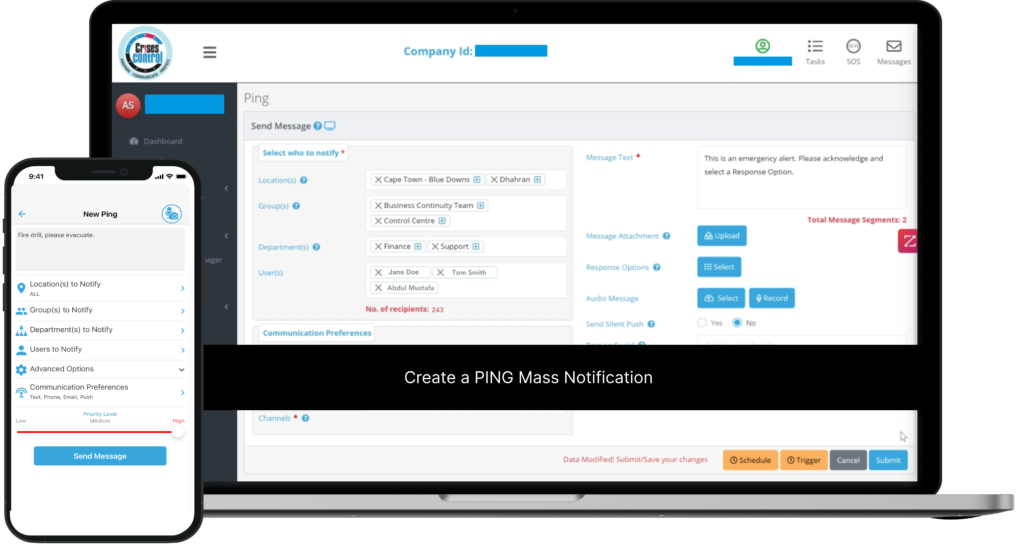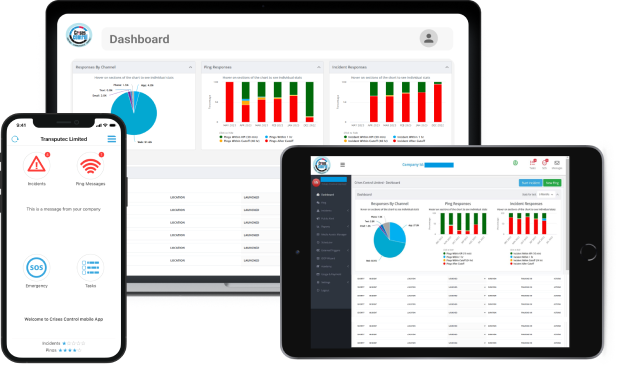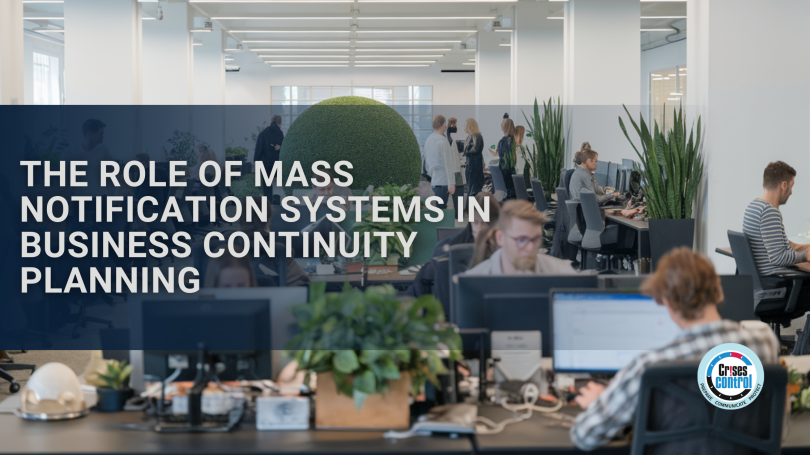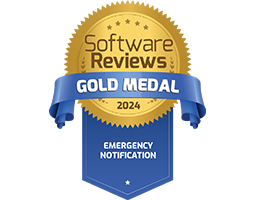Written by Anneri Fourie | Marketing Executive
Imagine this: A cyberattack shuts down your company’s IT systems. Customers can’t get support, employees are locked out of their tools, and operations grind to a halt. Within minutes, confusion spreads. Some teams scramble to contain the issue, while others are left in the dark, unsure of what to do next.
Now, picture a different scenario. The moment the attack is detected, an automated mass notification system sends instant alerts across multiple channels; text, email, push notifications, and voice calls. IT teams receive clear instructions on isolating affected systems. Employees know exactly how to switch to backup processes. Customers are reassured that support is being redirected.
This is the power of a Mass Notification System (MNS). It’s not just about sending alerts, it’s about maintaining control, reducing downtime, and keeping people informed when it matters most.
In this blog, we’ll explore why communication is central to business continuity, the must-have features of an effective MNS, and how Crises Control can help your organisation stay prepared for any disruption.
Why Communication is Essential for Business Continuity
When a crisis unfolds, miscommunication can make things worse. Delayed responses, uncertainty, and conflicting instructions lead to poor decision-making, financial losses, and safety risks. A Mass Notification System ensures that:
- Employees receive clear, immediate instructions.
- Leadership teams can coordinate quickly across multiple locations.
- Customers and stakeholders stay informed, protecting your reputation.
- Compliance requirements are met with a documented communication trail.
Relying on traditional methods, like phone trees, are no longer practical. Employees may not answer their phones in an emergency, and a single-channel notification risks being overlooked. Multi-channel, real-time communication is now a necessity, not a luxury.
Key Features of an Effective Mass Notification System
A reliable Mass Notification System should do more than just send alerts. It should streamline crisis communication and integrate seamlessly into your business continuity plan. Here’s what to look for:
1. Multi-Channel Communication
Different employees rely on different communication methods. A strong system ensures messages reach users through:
- SMS and push notifications: Instant alerts to personal or work devices.
- Email and voice calls: Reaching those who may not have access to mobile devices.
- Desktop pop-ups and digital signage: Ensuring visibility in office environments.
- Social media and internal messaging tools: Extending communication to all stakeholders.
2. Two-Way Communication and Message Acknowledgement
It’s not enough to send messages. you need confirmation that they were received and understood. A strong Mass Notification System allows:
- Message tracking to see who has received and acknowledged alerts.
- Employee status updates to confirm safety and availability.
- SOS functionality for employees in danger to request immediate assistance.
3. Geo-Targeting and Role-Based Alerts
Not every alert needs to go to everyone. A smart notification system should:
- Send location-based alerts to ensure only relevant employees receive messages.
- Provide role-based notifications so that critical updates reach key personnel first.
- Escalate alerts to higher management if there’s no response.
4. Integration with Business Continuity Platforms
A Mass Notification System should connect seamlessly with your existing systems, such as:
- Incident management systems: Automating alerts when an issue is detected.
- HR and IT databases: Ensuring accurate employee contact information.
- Security and surveillance systems: Triggering alerts based on detected threats.
5. Automated and Pre-Scheduled Messaging
During a crisis, time is critical. A well-equipped MNS should:
- Trigger automatic alerts based on predefined crisis scenarios.
- Send pre-scheduled messages for planned disruptions like maintenance work.
- Ensure consistent messaging across all communication channels.
How a Mass Notification System Supports Each Stage of Business Continuity
1. Before a Crisis: Preparation and Testing
A business continuity plan is only as strong as its testing. A Mass Notification System enables businesses to:
- Conduct tabletop exercises and crisis simulations to test response strategies.
- Run drills for events such as evacuations, cyber breaches, and supply chain disruptions.
- Fine-tune notification workflows based on real-time feedback.
2. During a Crisis: Rapid Response and Coordination
When a crisis strikes, fast communication minimises damage. An MNS enables:
- Instant alerts to employees, stakeholders, and emergency responders.
- Clear instructions on next steps, whether it’s an evacuation, remote work shift, or system shutdown.
- Employee tracking to confirm who is safe and who may need assistance.
3. After a Crisis: Recovery and Continuous Improvement
Once the immediate crisis is over, it’s time to evaluate and improve response strategies. A Mass Notification System helps by:
- Gathering reports and analytics on communication effectiveness.
- Identifying gaps in response strategies and areas for improvement.
- Providing compliance documentation to meet regulatory requirements.
Interested in our Ping Mass Notification Software?
Efficiently alert everyone in seconds at scale with our Mass Notification Software – PING, get the message out fast and ensure rapid response and recovery.

How Crises Control Enhances Business Continuity with Mass Notification
At Crises Control, we understand that effective crisis communication is key to minimising disruption. Our Mass Notification System is built to help organisations:
Why Choose Crises Control?
- Multi-Channel Mass Alerts: Deliver messages across multiple platforms instantly.
- Two-Way Communication & SOS Panic Button: Ensure employee safety and accountability.
- Pre-Configured & Automated Alerts: Respond to incidents without delay.
- Seamless Integration with Business Continuity Tools: Connect your entire crisis response system.
- Real-Time Tracking & Compliance Reporting: Meet regulatory requirements effortlessly.
Our system goes beyond simple alerts, it empowers organisations to act quickly, coordinate effectively, and recover faster.
Conclusion: Be Ready Before the Next Crisis Strikes
Disruptions happen. Cyberattacks, IT failures, security threats, or natural disasters, it’s not a matter of if, but when. The real question is:
Can you notify employees and stakeholders in seconds?
Are your teams equipped with clear, immediate instructions?
A Mass Notification System isn’t just a convenience, it’s a critical investment in resilience. Don’t wait for an emergency to highlight the weaknesses in your communication strategy.
Take Action Now
Protect your business, employees, and reputation before the next crisis strikes.
Contact us today to get a free personalised demo of Crises Control’s Mass Notification System today.
Request a FREE Demo









